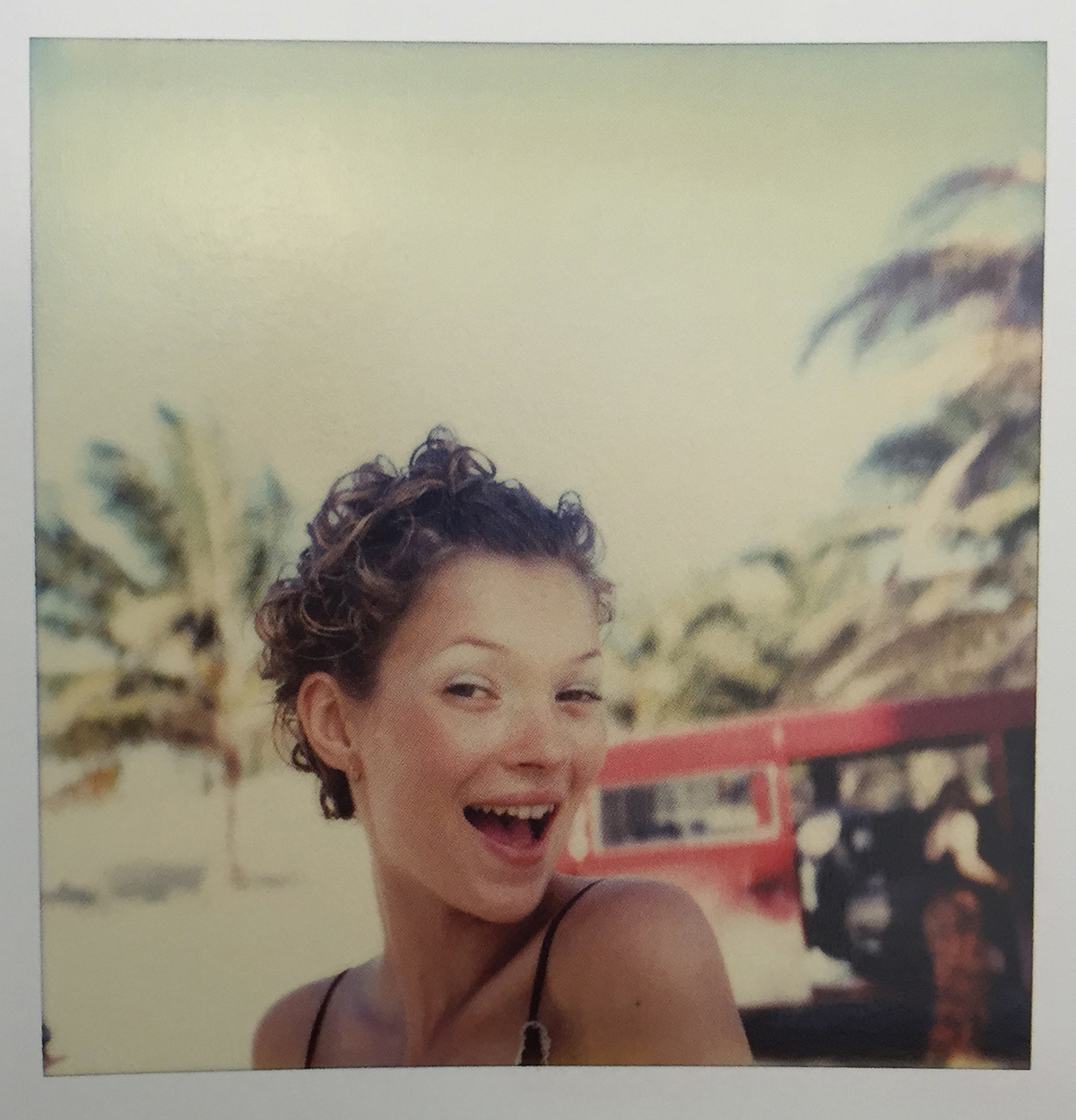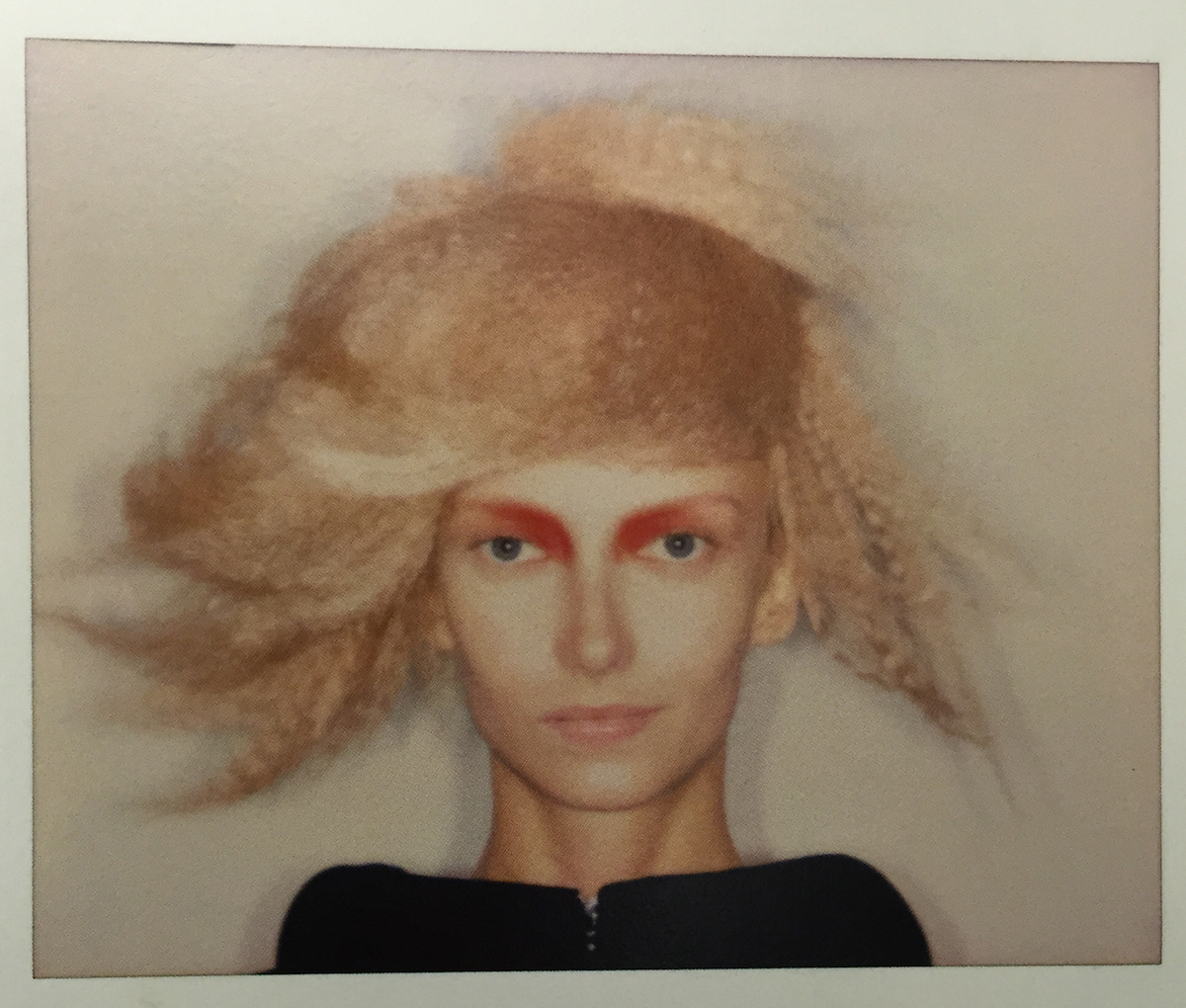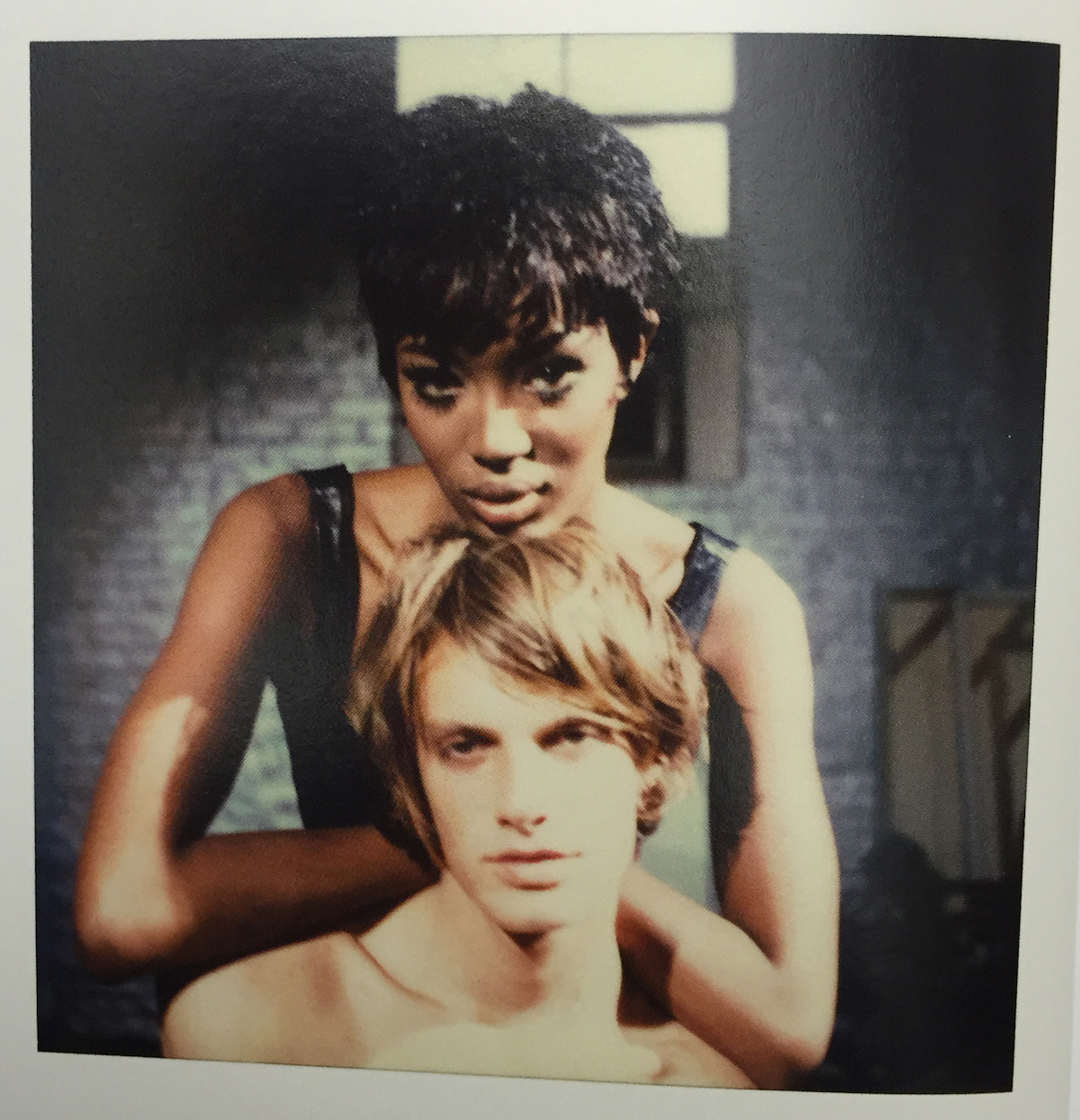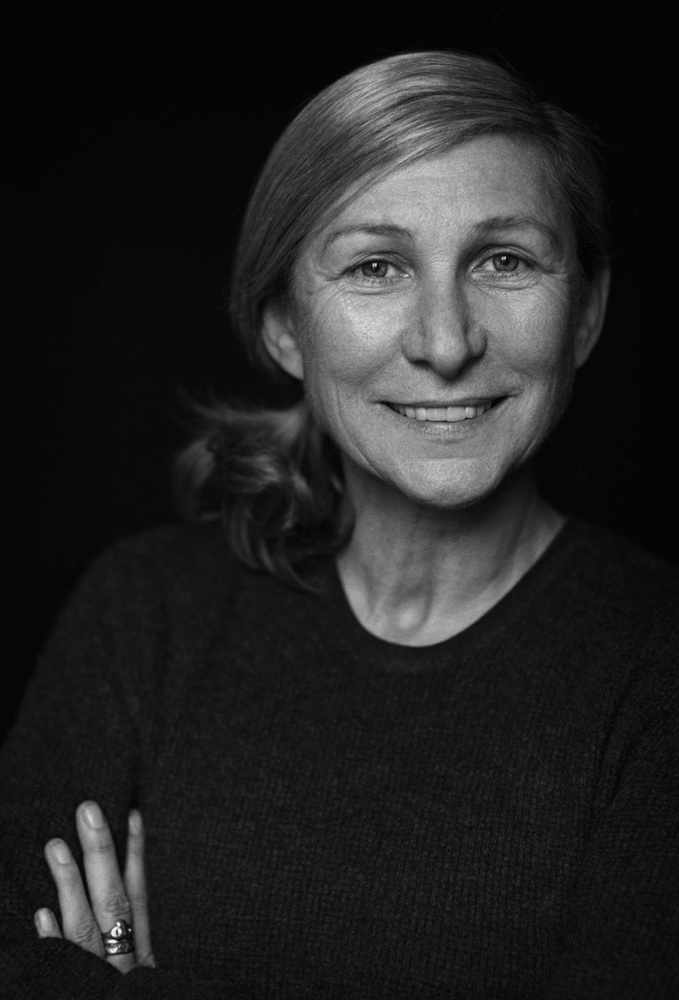On the final day of every New York fashion week, hair stylist Odile Gilbert eats a hamburger (rare; she’s French) at Balthazar in Soho. It’s her reward for completing the marathon of work that every February and September requires. This year, she’s also gearing up to coif the 120 or so mannequins for the Jean Paul Gaultier exhibition opening at the Grand Palais in Paris on April 1. The job includes grooming a three-foot-wide mohawk.

Odile began working with hair in her teens, in Brittany. And over the decades since she has worked with every photographer you can name (she lists her favorites below), as well as a stable of New York brands including Rodarte, SUNO, and The Row. These designers rely on Odile for her ability to balance old-fashioned prettiness (see the barrettes at SUNO or the romantic brushed-out waves at Rodarte for fall/winter 15) with something a little more out-there.
Some of Odile’s most memorable work has been with Gaultier. The top hat she created for the designer’s 1996 couture show, made entirely from human hair, is a perfect example of her adventurous streak. The piece is now part of the Metropolitan Museum’s permanent collection, and what could be more major than that?
Icon status aside, Odile jokes that she is also “no bullshit, as we say in America!” Here’s what she has to say about being one of the only top-level female hair stylists in the industry.

On beauty school… I spent three years at school. After that you have to do an exam — on a real person, creating certain styles, colors, and cuts using their real hair. Thankfully, I passed. I was still living in Brittany then, so I moved to Paris, where I met the great hair stylist Bruno Pittini — and he hired me. He was working in a salon but also on shoots, with actresses and models. We worked with Helmut Newton. I was 19 and I had no idea.
On the industry… The biggest change I’ve seen over the years has been the Internet. Now you have information everywhere. And there are so many shows, and so many more designers. Fashion has become much more international. It’s a real industry. Back when I started out, there weren’t so many magazines either, which meant every country was quite separate. I moved to New York in the 80s because I realized I needed to speak English and experience America. I stayed for 11 years and shared an apartment with Francois Nars.
On her success… I’m a girl and there are no girls who are as successful in the hair business. I don’t know why that is. But I do know that you have to have a lot of energy to succeed. And because there weren’t many other hair stylists at all back then, I looked to the magazines, designers, and photographers. I love photography; I collect myself. If I see a real print, I want it. Steven Meisel, Peter Lindberg, and also newer photographers like Alasdair McLellan. And in America I love Bruce Weber.

On working with the greats… Each time you meet the big photographers — Avedon, Penn, Meisel — it’s still exciting. And every time you think, ‘Am I going to be good enough?’ Because they’re always impressive. Every photographer uses different light and has a different personality, so you have to adapt. And there’s no school for that. One of my favorite moments on set was with Irving Penn. I asked him to sign his book A Moment Preserved and he said to me, “Now, you must have a lot of moments preserved in your life!” It was really cute.
On trends… I love to experiment! Of course I’m well known for certain looks, but I think working in the fashion industry you have to be able to do whatever they [the photographer or designer] wants. For years the look will be natural, natural, natural, then it will go back to crazy. At the moment it’s quite natural, but there is always one moment when it switches. And I’m sure Jeremy Scott will always be crazy! It’s fun, no?
On experience… In this industry it takes a while to become successful. You need years! Even the well-known photographers have spent decades getting to where they are now. There are a lot of talented people in fashion, but what is important is experience. What you learn in school is not enough. You have to do things step by step.
Credits
Text Alice Newell-Hanson
Photography Peter Linbergh
Polaroids courtesy Odile Gilbert
